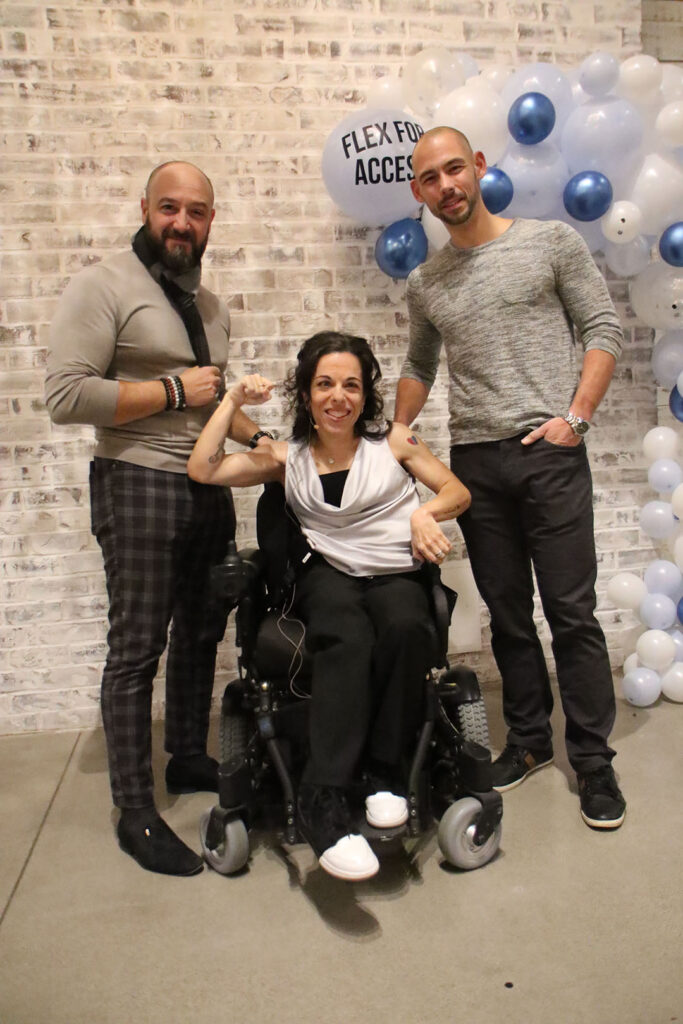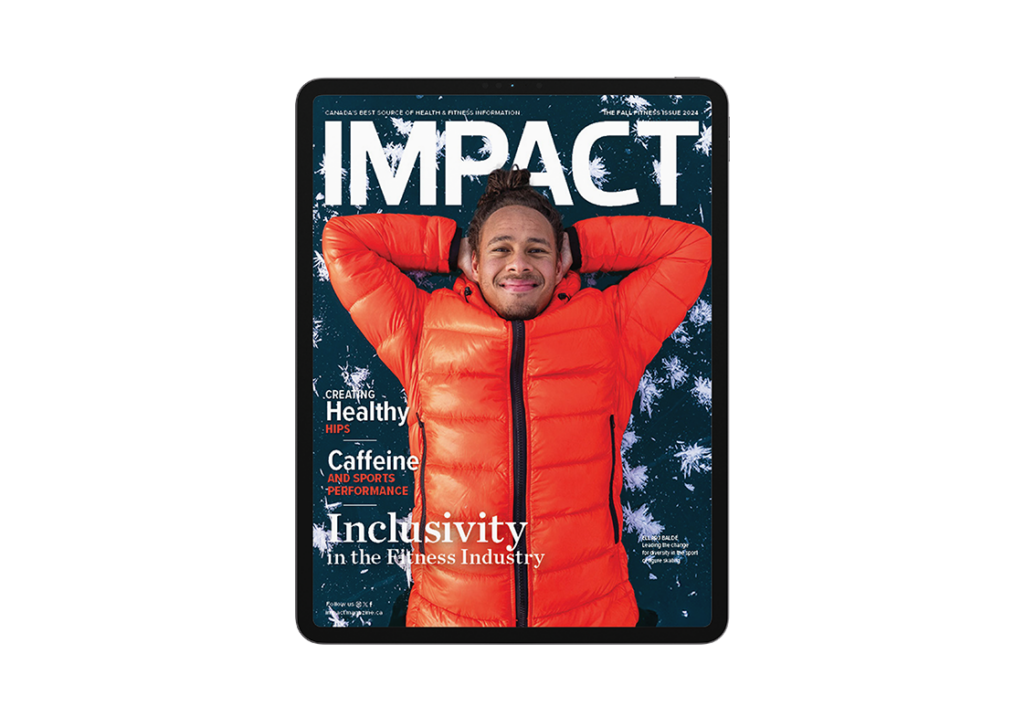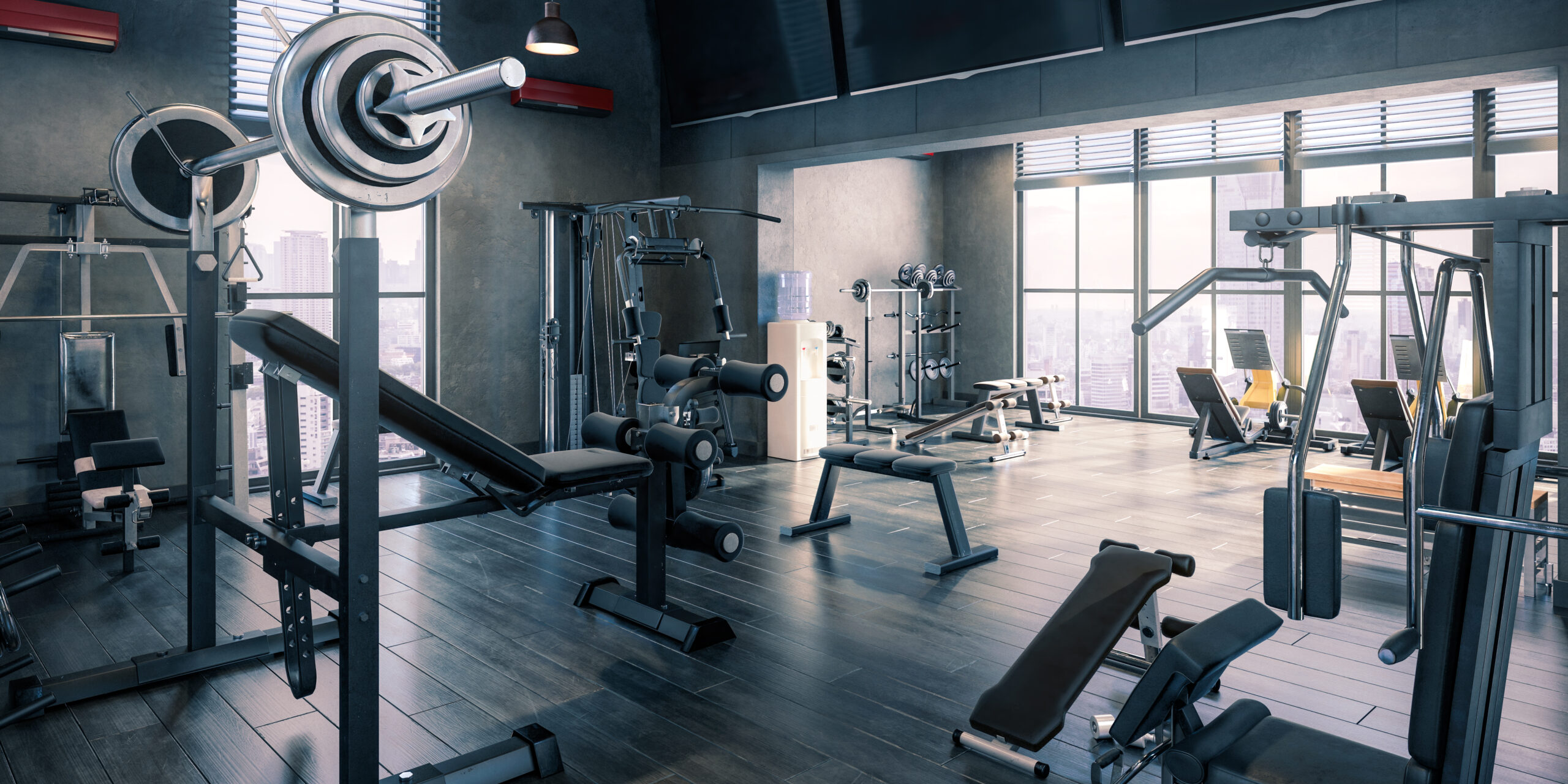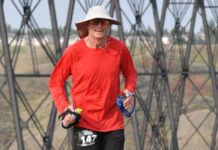When most people train at the gym, their motivations often revolve around improving their physical health, strength, or confidence in their appearance. However, for individuals with disabilities—whether visible or invisible—fitness serves a much deeper purpose. For many, their training isn’t just about physical improvement but about sustaining both their physical and emotional well-being. The challenges they face in training and competition equip them with resilience that extends far beyond the gym.
Special populations often encounter mental health struggles and can feel isolated in gym settings, particularly when faced with discrimination and misunderstanding from able-bodied individuals because they may move or look different. Additionally, they must navigate exercises in ways that are suitable for their bodies, which may require modifications to typical movement patterns. For example, having to focus on compound relaxation techniques and motor recruitment to perform two simultaneous tasks, like sitting upright in a wheelchair while maintaining shoulder alignment during a modified snatch, can require complex adjustments. These exercises often come with additional dexterity challenges, such as learning new grip techniques. Moreover, the way others perceive them can impact their performance and self-esteem.

Many individuals with disabilities hold the belief that mainstream fitness and sports aren’t accessible to them. However, it’s precisely this perception that also motivates them to defy the odds. For these athletes, fitness becomes a path of self-discovery and renewed purpose—not only for themselves but for those around them. Through training, they realize that their limitations are often surmountable, and their strength can inspire others.
In the gym, those with physical challenges can turn adversity into strength, both physical and psychological. They often develop innovative ways to perform conventional movements. Take the seated deadlift, for example: wheelchair users must learn to engage their core, arms, and shoulders while holding a barbell or dumbbells, often adjusting their grip to accommodate their unique needs. For these athletes, working out becomes a creative process—one that requires them to trust their bodies, understand their limits, and continuously push the boundaries of what they can achieve.
Often individuals from special populations feel a responsibility to educate others, including fitness professionals, about the importance of movement and how it plays an important role in their overall health and quality of life. They aim to reshape how disability is viewed within the fitness industry, emphasizing that adaptive fitness is not just a necessity, but a path to a healthier, more fulfilling life.
The inclusion of these athletes training in mainstream facilities is vital—not only for their personal growth but for fostering community and driving societal change. By training alongside others, they can influence the improvement of adaptive equipment, the development of specialized programs, and challenge preconceived notions about disability. In doing so, they contribute to a more inclusive and accepting fitness culture that benefits everyone.
You may also like: Final IMPACT

Read This Story in Our 2024 Fall Fitness Issue
IMPACT Magazine Fall Fitness Issue 2024 featuring Canadian figure skating icon Elladj Baldé, Paralympic shot putter Greg Stewart, Indigenous rights trail running Anita Cardinal. Adventure travel with some amazing winter getaways, strengthen your back and hips, find the art of joyful movement, Inclusivity in the fitness industry and so much more!

















